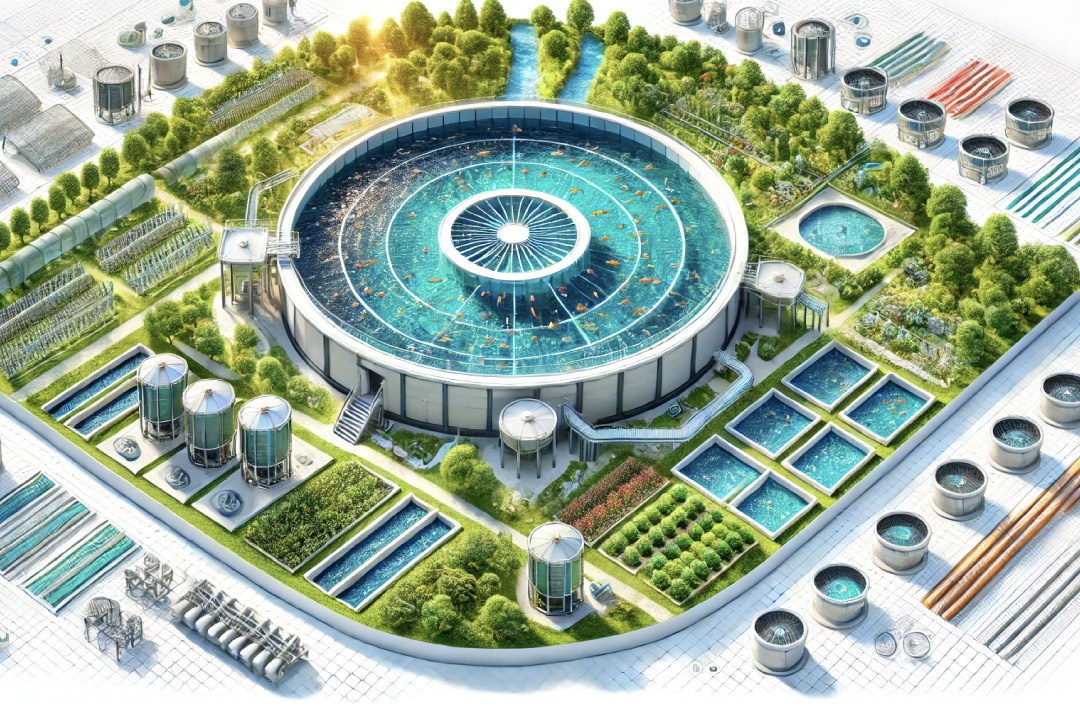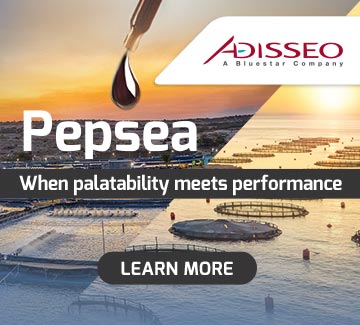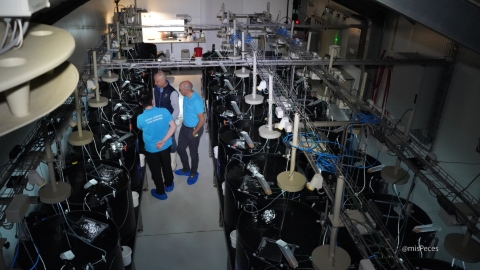 Simulated with AI
Simulated with AI
The efficiency of aquaculture systems is heavily influenced by the design of their tanks. Recent research from Dalian Ocean University and Zheijiang University in China has highlighted the importance of maintaining a tank diameter-to-depth ratio between 3:1 and 5:1 for optimal performance.
This configuration significantly reduces energy consumption in pumping systems while improving the removal of solid waste by 20-30%. The key to this efficiency lies in the use of centralized drainage at the tank’s base, which simplifies cleaning and creates a healthier environment for fish.
An ideal tank combines consistent water flow with minimal dead zones-areas where uneaten feed and waste tend to accumulate. Most importantly, the design must foster a stress-free, well oxygenated environment, enabling fish to thrive.
The researchers considered both geometric principles-merging the flow efficiency of circular tanks with the space optimization of rectangular ones-and applied hydrodynamic concepts such as controlled flow, hydraulic resistance, and vortex formation. Minimising low-speed areas and dead zones is critical, according to the study.
This approach is particularly beneficial for species and depend on stable, continuous water flow as a key factor for growth and welfare. Examples include rainbow trout, Atlantic salmon, gilthead sea bream, European seabass, and yellowtail kingfish. However, flow requirements vary by species. For instance, Atlantic salmon prefer faster currents, whereas species like tilapia or European sea bass thrive in gentler flows that support metabolic activity without causing exhaustion.
In recirculating aquaculture systems (RAS), the ratio between a tank’s diameter and depth can be the difference between operational success and failure. This innovative design not only ensures the wellbeing of the fish but also enhances operational efficiency, offering a sustainable and adaptable solution for modern aquaculture.


